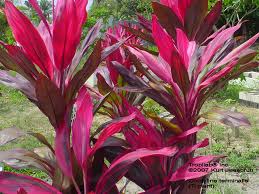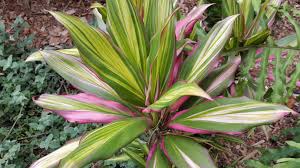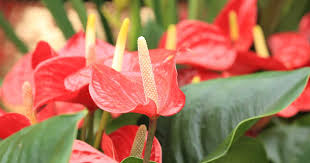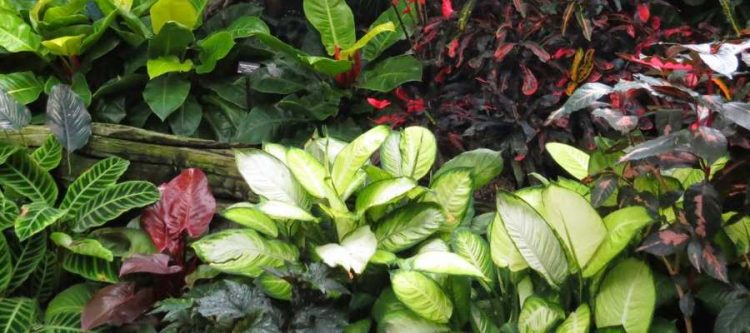
Tropical garden plants
Propagation
From easy to hard:
- Cutting
- Plant division
- Grow from seed
- Grafting (Trees)
Cutting
Take cuttings from new growth. The part of the stem that forms new roots and shoots is called a node. These growing points produce leaves, flowers or shoots when the plant is growing normally but, if a bit with two or more nodes is cut away and planted, the nodes can be encouraged to grow roots or shoots. Take cutting using a clean sharp knife and cut at a sharp angle to increase exposed surface area. Some plants can simply be put in water and will grown new roots. For most plants; dip in hormone rooting powder (needs to be fresh; check expiration date) or simply dip in honey. Remove most leaves and only leave some near the tip. Stick in moist well draining soil. Place a sandwich/freezer bag over the top and place in half sun (indoors in window sill). The plastic bag act as a greenhouse. Remove occasionally and water the soil if it feels dry to the touch.
Division
Dig up the roots or use a spade and divide a large plant in half. Put back. You now have two smaller plants.
Seeds
Growing from seed requires patience and attention to detail. Collect seeds in Autumn (Mar-Apr-May) or whenever you spot them. Store in a dry and dark place for months. Some seeds can sit on top of soil, others need a specific depth in soil. Some seed pods need to be boiled, heated or split open first. Plant in Spring (Sep-Oct-Nov) in moist well draining potting mix soil. Some seeds will even germinate when covered in wet tissue paper kept in a sealed sandwich/freezer (‘zip-lock’) bag in half sun (indoors in window sill). Most seeds can be placed in moist potting mix soil. Use plastic (drinking) cups half filled with potting mix covered in clear clingfilm. The sealed bag or clingfilm traps heat and acts as a greenhouse. Only once seeds have germinated and plant is growing leaves it will need fresh air occasionally. Make a small hole in the bag or remove completely and start watering to keep soil moist.
Grafting
It is like surgery for plants. Just go to the nursery.
Planting
Where we live the soil is very fertile red soil. It is poor draining red clay soil with a thin layer or well draining topsoil.
- All you need to make the soil ready for planting is to dig a hole, keep it watered and protect it from direct hot sun and pesky weeds by covering in mulch.
- Start chipping away at the soil to dig a hole. A mattock is your best friend. A spade not so much. Water the hole to make digging easier. Wait for the water to be absorbed if you don’t want to splash red mud all over your clothes. Instead of waiting, just start chipping away at a next hole. For garden beds, get a small excavator or JCB to turn over the soil. $80 per hour.
- Put some fertilizer pellets (Osmocote) in the hole. And the plant (roots down, leaves up)…
- Only work in the garden / irrigate in mornings and evenings, not during the hottest time of the day.
- Mulch the garden bed to keep the soil from heating up and drying out. Keeps the roots cool and moist. Sugar cane mulch / garden waste mulch from the council green waste dump that is mulched and sold to the public works best (although may contain weeds and bits of plastic). Wood chip mulch from treeloppers lasts longest. Bales of mulching hay last shortest, but are much better than bare soil and work quite well.
- Spreading mulch in an established garden requires moving it around in a wheelbarrow.
- Use a much more sturdy 10 tine manure stable fork with a long handle rather than a 4 tine pitchfork with a short handle.
Tip: Stick a 30cm long piece of 15mm diameter polypipe vertically in the hole alongside the plant roots when planting. You can then use this as a funnel to get water directly to the roots. Much better than watering the mulch on top of the soil in the hot sun, where the water evaporates rather sooner than being absorbed and where only a small amount of water actually reaches the roots. You can pull out the pipe and re-use it when the plant is established if need be.
Irrigation
Get a water tap close to the garden bed and use a garden hose.
Drip irrigation systems are most efficient and don’t need a timer. They do however need a water pressure reducer and filter and clog easily. Cannot be unclogged, which is a pain. Not a fan.
The most simple sprinkler Irrigation system consists of one single very long feed line that snakes through the garden from garden bed to garden bed.
- 200 meter 25mm rural ‘polyethylene’ or polypipe feed line. The end needs to be capped…
- 5x 25mm ratchet irrigation hose clamps.
- 1x 25mm end cap.
- 1x 25mm polypipe to water tap connector.
- 25 meter 4mm diameter ‘riser’ connecting hose.
- 50 cheap plastic sprinkler stalks.
- 50 screw-in sprinkler nozzles. Buy a handful of different types and try them out.
- Punch holes in the feed line where you need a sprinkler. Connect 20cm of connecting hose and place a stalk with sprinkler nozzle in the soil.
- You can branch the feed line here or there, but don’t go overboard cutting up a perfectly good 200 meter roll into 10x 20 meter useless pieces of pipe that will always be too short to be reused for anything useful.
- Expect to unscrew and blow air through clogged sprinkler nozzles occasionally.
For manual watering, turn the tap on/off manually each and every day *sigh*.
For semi-automatic watering, use one of those spring-loaded egg timer adapters connected to the tap to stop watering after 30 minutes.
For fully automatic watering:
- 1 solenoid valve to turn on/off the water supply.
- 2x 25mm polypipe to solenoid valve connector.
- 1 wall power adapter (24V 1A).A solenoid actuator or valve uses a 24Vdc electromagnet coil to move a metal pin (‘actuator’) to turn on/off the water supply. A solenoid valve should be normally closed. A solenoid valve needs to be connected to a wall transformer 220Vac to 24Vdc.
- 1 power point clock timer that sits in between the wall power adapter and the power outlet. This will activate the solenoid valve at set times and turn on the water supply.
- The power outlet, clock timer and wall power adapter should be located under roof or preferably indoors and at all times be IP55 waterproof and electrically safe.
- If you have a large garden you can’t water it all at once as you do not have sufficient water pressure. You need to create groups. Each group can be turned on/off with its own solenoid valve and clock timer.
Plants
Coleus
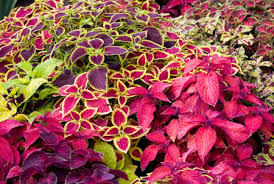
Croton
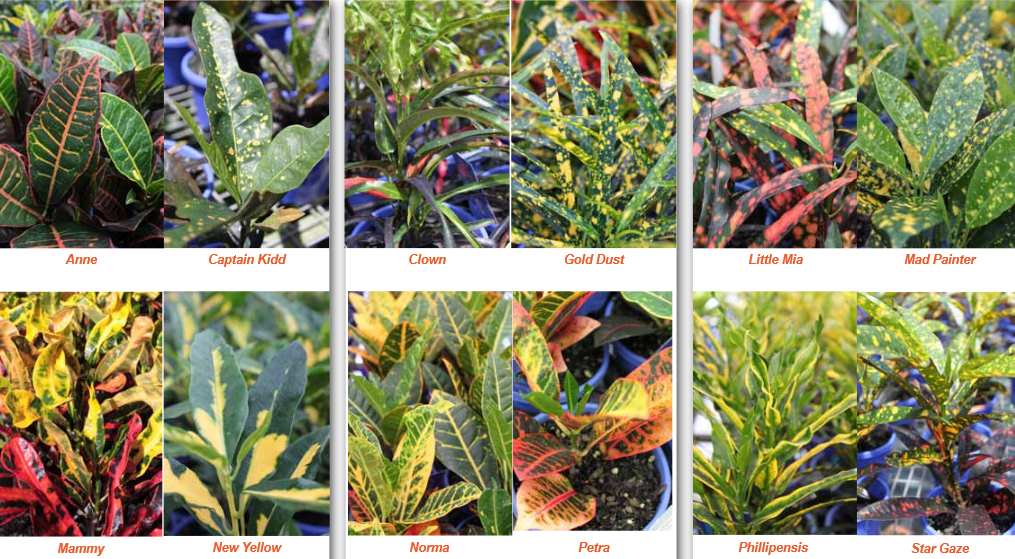
– Poisenous to pets when they eat the leaves.
– Let roots dry in between waterings.
Bromeliad
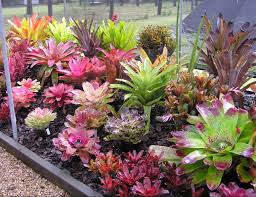
Strobilanthes

– Shade plant
Calanthea
‘Zebrina’

‘Makoyana’
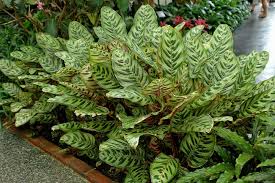
‘Orbifolia’
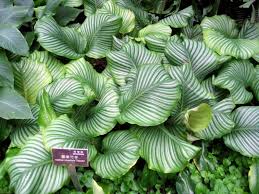
‘Insignis’

‘Stromanthe’
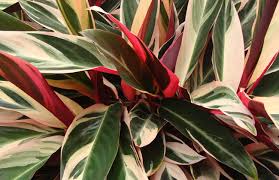
Aspidistra Elatior
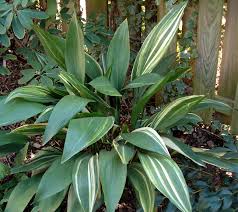
– Shade plant
Spider Lily
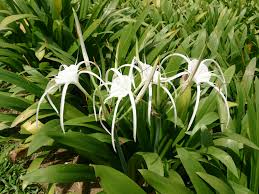
African Lily (Agapanthus)
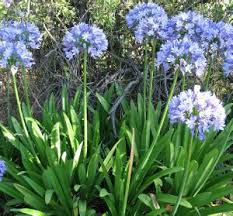
– White, Pink or Orange flower varieties.
Hippeastrum
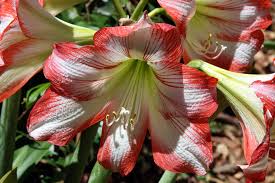
– Red, White, Purple. If planted together will cross-pollinate and create a mix of color.
Yellow shrimp plant
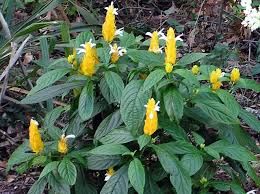
Ixora

– Ever blooming
Agave
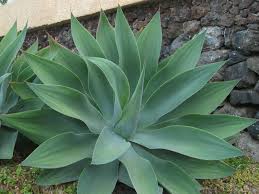
– Easy to propagate.
Yukka
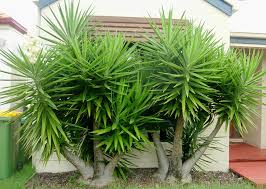
– Tall and spiky.
– Big trunk.
– Don’t like them much.
Herbs
Elephant Ear (Colocasia)
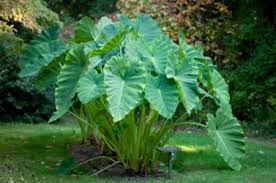
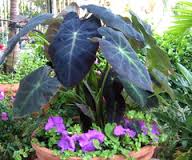
– Huge leaves
– Needs frequent watering
– Highly venemous to cats and dogs.
Banana
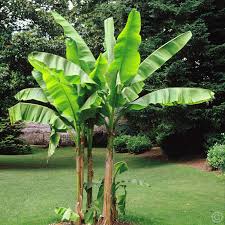
– Tall
– Suckers. Grandfather, Father, Son.
– In FNQ you are discouraged from growing due to Panama disease.
(quarantine zone, plants are not to be moved).
Ginger like plants
Warning: Some ginger plants can grow very tall.
Ginger plants can be cut to the ground and will re-grow from the root clump.
Will spread in the garden by growing new roots underground, but not as extreme as some bamboo plants do.
Heliconia
![]()
Bird of Paradise

– Beautiful flower
Ginger
‘Beehive’
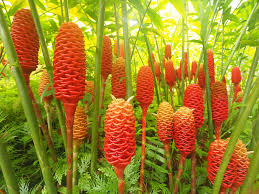
Ginger
‘Torch’
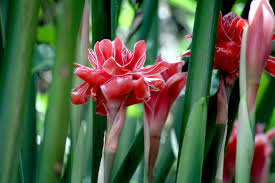
Ginger
‘Alipinia’
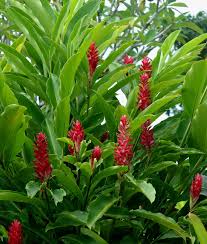
Ginger
‘Indian Head’
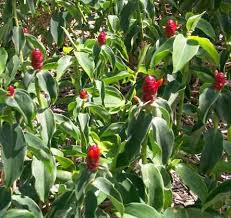
– Thick wrinkly weeping leaves
Shrubs
Grevillea, also known as Spider flower.
‘Robyn Gordon’

Grevillea Victoriae, also known as Royal Grevillea
‘Murray Valley Queen’
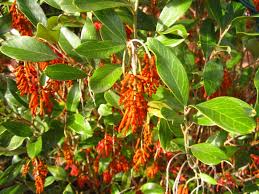
– Has orange/yellow flowers and nice broad leaves.
Banksia
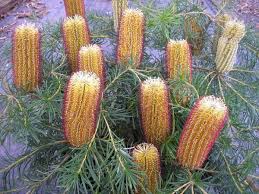
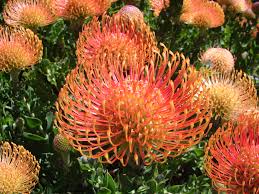
Callistemon (‘Bottlebrush’)
‘Big John’
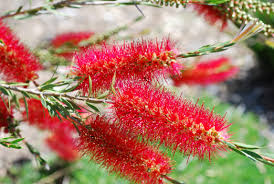
Callistemon (‘Bottlebrush’)
‘Little John’
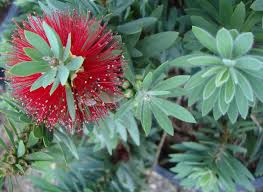
Bougainvillea
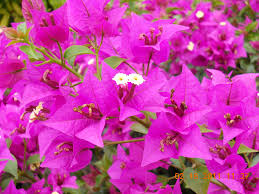
– Often has thorns
Photinia
‘Red Robin’
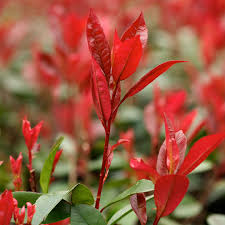
Photinia
‘Pink Marble’
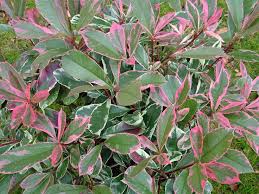
Lillypilly
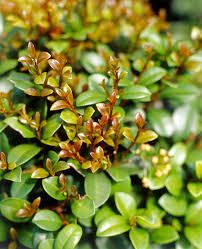
Lillypilly Weeping
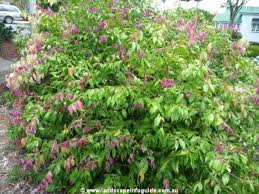
Geisha girl
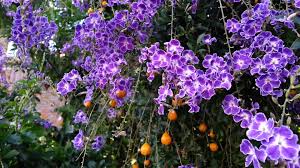
Trees
Frangipani
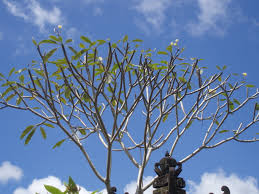
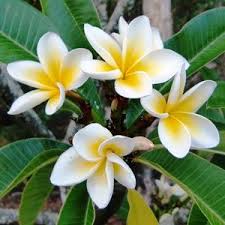
Palms
Warning: Some palms can grow very tall.
Cycad

Fishtail Palm

European Fan Palm

Solitaire Palm
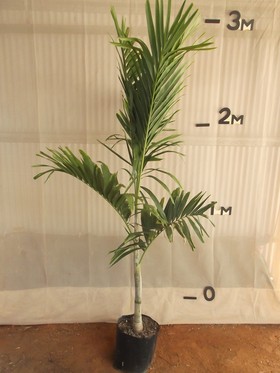
Majestic Palm
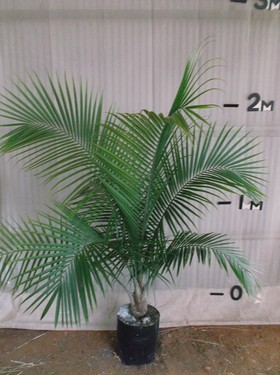
Cascade Palm
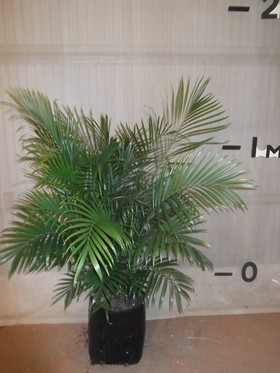
Bismarkia Palm

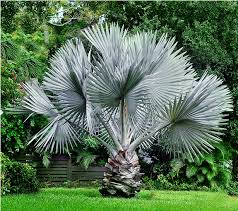
Travellers Palm

Chinese Windmill Palm
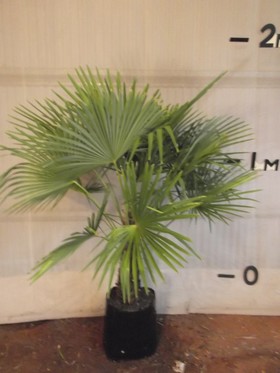
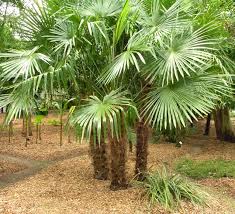
Cyrtostachys Renda also known as ‘Red Wax Palm’ or ‘Lipstick Palm’

Cocos Palm Tree

Foxtail Palm

Australian Fan

Kentia Palm

Bangalow Palm
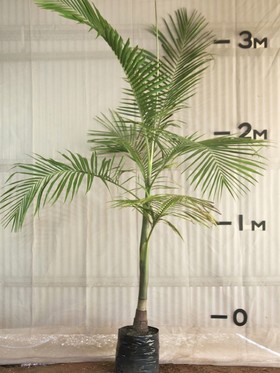
Golden Cane Palm
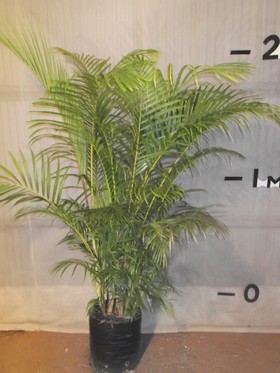
Rhapis Palm
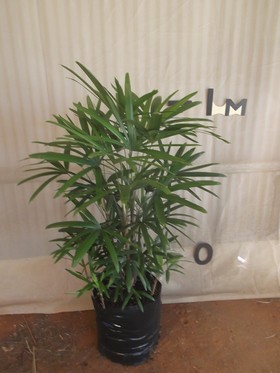
Wine Palm

Use with caution
Wandering Jew

– Prolific grower. Will grow from a piece of stem you leave in the garden.
– Considered a pest in FNQ
Moses In The Cradle

– Prolific grower.
– Considered a pest in FNQ
– There are dwarf varieties available that are a good choice.
Yesterday, Today and Tomorrow
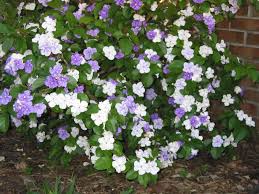
– Named because of distinct lilac, violet and white flowers.
– Flowers have strong smell
– Major trigger of my allergies / hayfever when flowering here in town.
(Extremely itchy skin, inflamed mucus membrane eyes / nose, irritable due to lack of sleep)
– This plant should not exist.
Shadehouse
Uses shade cloth (70%)
Protects from full sun, strong wind and heavy rain and offers shade.
Great for potting plants and propagating.
Great for growing shade plants
Great for growing vegetables

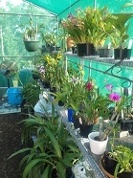
Hothouse
Uses thick clear thermal agricultural film.
Does not protect from full sun(!)
Diffuses sunlight but does not provide shade.
Traps heat. Needs ventilation.
Traps moisture from watering.
Great for growing crops of plants / vegetables.
Miss one watering and all your plants die.
Plastic tears easily, flaps in wind and makes noise.
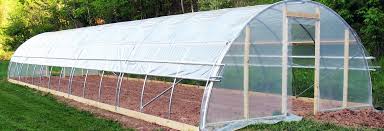
For propagating plants you don’t need a hothouse; just put the plastic pot in a clear plastic bag or cover in clingfilm to trap heat/moisture. For propagating and growing shade plants we don’t want full sun anyway. Shade plants can be planted as undergrowth for larger established full sun plants to add density and variety to a garden (and keep weeds out and reduce the need for mulching soil or mowing grass).
But what about cold windy rainy days, don’t we want to use clear film and turn it into a hothouse then? Where we live the harsh sun is the main problem. A shadehouse is what you need. It protects against rain, wind and offers shade and ventilation. Outside temperatures do not drop below 10 degrees much. Most people need a shadehouse first.
You could consider covering the shadehouse in clear plastic on cold days, but I would simply build one half as greenhouse and one half as hothouse. Enter the shadehouse from the outside and then continue into the hothouse. If the hothouse gets too hot simply leave this internal hothouse door open.
Tip: Put two hoops close together in the middle of the greenhouse. Build one half as shadehouse and one half as hothouse. Then ziptie or bolt them together if need be.
Polypipe Greenshouse
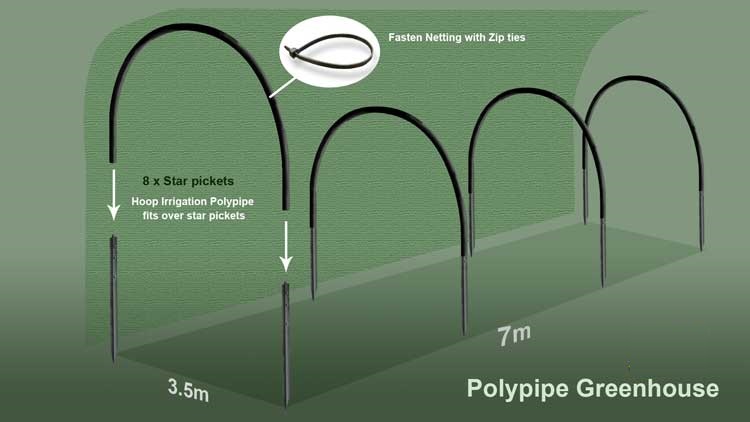
Hothouse
Shadehouse and Hothouse
Hayfever
- It’s caused by an allergic reaction to pollens predominantly from wind-born pollens from grasses and weeds.
(as well as trees, moulds, animal fur and house dust). - Pollen and other ‘allergens’, irritate the lining of the sensitive nasal passages, inflaming them and causing them to secret fluids. They cause sneezing and a runny or blocked nose. They can also cause other allergic conditions like watery eyes, itchiness and asthma.
- An allergy is a very specific immune mediated response involving a particular type of immune factor called IgE antibodies. When people become sensitized to an allergen their immune system makes an IgE antibody that can recognise that allergen, priming them to react when they are exposed to that allergen again.
